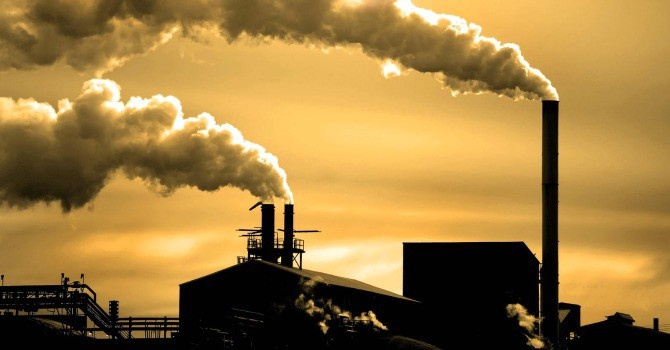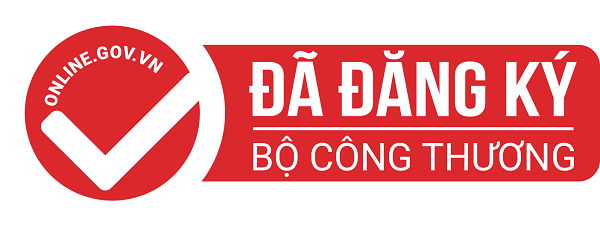4 groups of industries and professions that are not encouraged to develop in craft villages (01/18/2022)
Accordingly, development in craft villages is not encouraged for the following four groups of industries and trades:
- Production lines and trades not belonging to rural industries according to the Government's regulations on rural industry development;
- Lines and trades in the type of production with risks of causing environmental pollution specified in Appendix II;
- Lines and trades that use flammable and explosive fuels, materials or chemicals, dangerous chemicals, chemicals restricted from trading in accordance with the law on chemicals;
- Lines and trades using outdated technology lines, machinery and equipment on the list of technologies restricted from transfer in accordance with the law on technology transfer.
Production establishments and households in craft villages in industries and trades that are not encouraged for development must comply with regulations on environmental impact assessment and grant environmental permits in accordance with the law on environmental protection. .
Thus, the Decree details a number of articles of the Law on Environmental Protection: discourages the development of industries and trades in the type of production that are at risk of causing environmental pollution.
A trade village recognized by a competent authority must have an infrastructure for environmental protection that meets the requirements in Clause 1, Article 56 of the Law on Environmental Protection, have an environmental protection plan, and have a self-managing organization. on environmental protection of craft villages.
Article 56 of the Law on Environmental Protection states:
1. Craft villages must have an environmental protection plan, have a self-governing organization in charge of environmental protection and environmental protection infrastructure. The environmental protection infrastructure of a trade village includes: a) Having a system to collect wastewater and rain water to meet the needs of water drainage and drainage of the craft village; b) The centralized wastewater collection, drainage and treatment system (if any) ensures that the treated wastewater meets the requirements for environmental protection; c) Having a solid waste collection point that meets technical requirements for environmental protection; solid waste treatment area (if any) that meets the regulations on solid waste management or has a plan to transport solid waste to the solid waste treatment area located outside the locality.
2. Production establishments and households in craft villages must develop and implement measures to protect the environment according to the provisions of law; take measures to minimize noise, vibration, light, dust, heat radiation, exhaust gas, wastewater and on-site pollution treatment; collect, classify, store and treat solid waste in accordance with law.
3. Production establishments and households in trades and occupations that are not encouraged to develop in craft villages are responsible for implementing the provisions of Clause 2 of this Article and complying with plans on relocation and conversion of production lines and trades according to regulations. regulations of competent state agencies.
4. Commune-level People's Committees are responsible for: a) Formulating and implementing environmental protection plans for craft villages in the locality; b) Guide the operation of self-managed organizations on environmental protection of craft villages.
5. District-level People's Committees are responsible for: a) Summarizing budget demands for environmental protection activities in craft villages; b) Directing and implementing models of environmental protection in craft villages; invest in the construction and organization of operation of solid waste collection and treatment models, on-site wastewater treatment systems to meet the requirements of environmental protection invested by the State from the construction investment budget. construction, sources of expenditure for environmental cause and contributions of organizations and individuals according to the provisions of law.
6. Provincial-level People's Committees are responsible for: a) Planning, building, renovating and developing craft villages and industrial clusters in association with environmental protection; b) Allocate budget for environmental protection activities of craft villages; c) Directing and organizing the assessment of pollution levels and dealing with environmental pollution in craft villages in the locality; d) Direct the construction of wastewater collection and treatment systems; areas for gathering and treating ordinary solid waste and hazardous waste for craft villages; dd) There is a plan to relocate establishments that cause serious environmental pollution or cause environmental pollution for a long time away from residential areas or trade villages.
Source: Hoang My - https://tapchicongthuong.vn/




